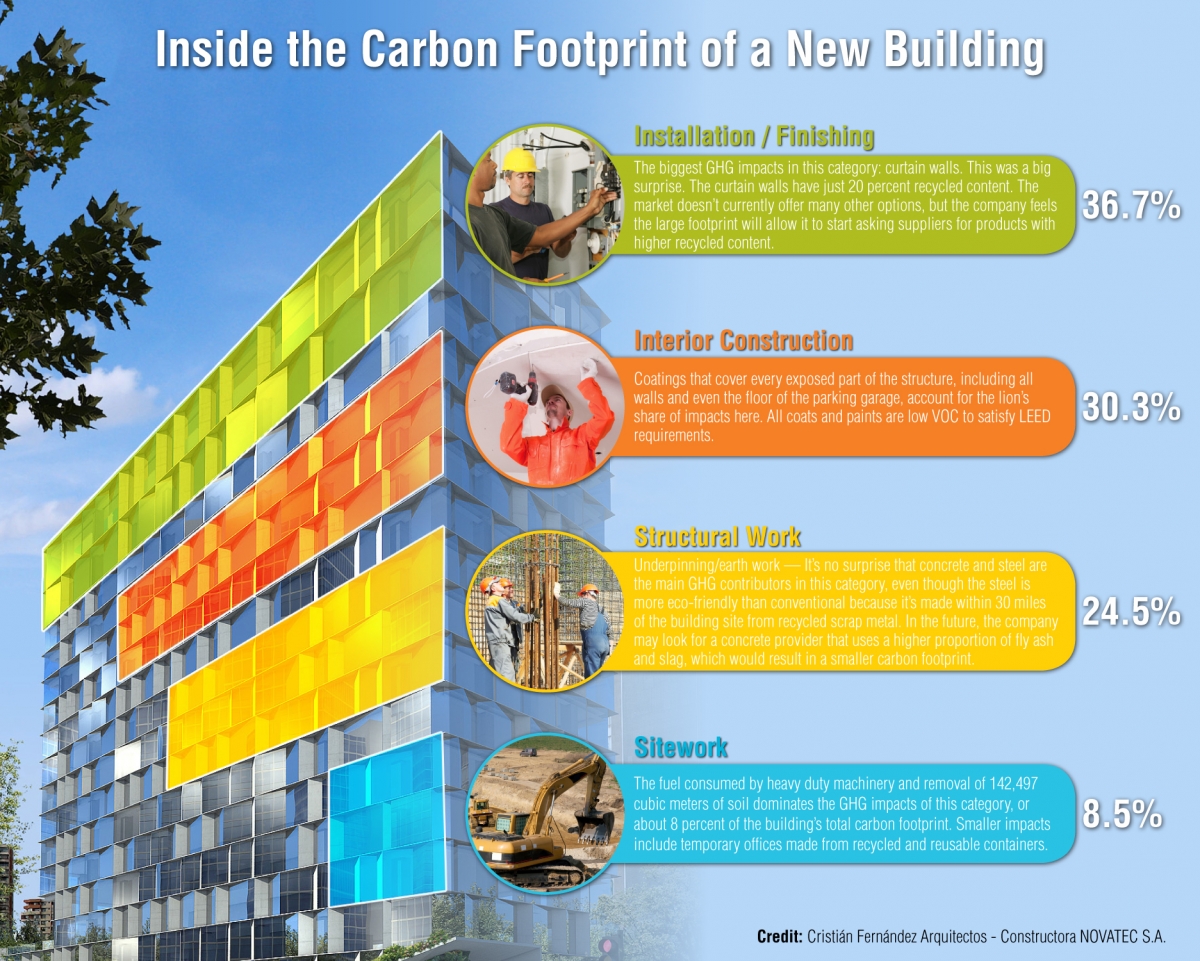Unlocking Success In Building: 5 Benefits Of The Design-Bid-Build Strategy
Unlocking Success In Building: 5 Benefits Of The Design-Bid-Build Strategy
Blog Article
Write-Up Writer-Bailey Jenkins
In the large world of building, where every block brings a weight of importance, discovering the right method can be like navigating with a detailed maze. But fear not, for the design-bid-build technique emerges as a beacon of performance and integrity.
With its carefully crafted processes and precise attention to information, this approach supplies a huge selection of advantages that can change your building task into a well-oiled maker. From cost control to boosted collaboration, each benefit holds the potential to boost your job to new elevations.
So, why settle for mediocrity when you can welcome the design-bid-build method and unlock its five crucial benefits?
Price Control
To successfully handle expenses and ensure monetary accountability, cost control is imperative in the design-bid-build approach of building and construction. As the project owner, you play an essential role in looking after the budget plan and surveillance expenses throughout the construction procedure.
By implementing effective expense control techniques, you can avoid unneeded costs and maintain the task within spending plan. One approach is to carefully examine and contrast bids from different professionals. This enables you to pick the most cost-efficient option without endangering on top quality.
Additionally, you can establish a clear range of work and established realistic timelines to stop delays and price overruns. Frequently monitoring costs and conducting thorough cost analyses will additionally help determine any kind of cost-saving opportunities.
Inevitably, by focusing on price control, you can make certain that your building and construction project remains on track financially and achieves its objectives.
Streamlined Interaction
Reliable interaction is vital for enhancing the design-bid-build building and construction process. By keeping clear and open lines of interaction, all parties entailed, consisting of the owner, engineer, and professional, can work together successfully and efficiently.
With the design-bid-build method, the communication channels are straightforward and well-defined. This permits clear instructions, timely reactions, and fast decision-making, resulting in a structured building and construction process.
Regular conferences and progress reports guarantee that everybody gets on the very same web page and any kind of issues or worries can be addressed immediately. Communication likewise plays an essential function in lessening misunderstandings and conflicts, as all celebrations have the possibility to share their assumptions and needs clearly.
Enhanced Cooperation
Partnership is improved with the design-bid-build approach, enabling reliable and efficient teamwork amongst all celebrations involved in the building and construction procedure.
This approach promotes cooperation because it follows a sequential order of steps, starting with the design stage. Architects, designers, and designers interact to create comprehensive strategies and specifications.
When the layout is total, the project moves into the proposal stage, where contractors send their propositions. This encourages collaboration as specialists might seek input from the style group to make sure precision and feasibility.
Versatility in Choice Making
With the improved cooperation fostered by the design-bid-build approach, the building and construction team gains the flexibility to choose that align with job demands and altering conditions. This versatility in decision making is essential for the success of a building job.
Here are 4 essential benefits of the design-bid-build technique in terms of adaptability:
1. Versatility: The building team can conveniently adjust to unexpected challenges and make necessary changes without disrupting the entire project timeline.
2. Price control: With the capacity to make informed decisions throughout the construction procedure, the group can efficiently handle prices and stay clear of unnecessary expenditures.
3. Quality control: The versatility enables the group to prioritize high quality and make sure that the project meets the highest possible requirements.
4. Stakeholder involvement: The design-bid-build technique urges stakeholder participation, making it possible for choices to be made collectively and ensuring that everyone's needs are considered.
Clear Project Responsibility
A clear project responsibility is important for the effective execution of the design-bid-build approach in building.
With https://distribution-center-const88765.newbigblog.com/30270698/developing-areas-that-inspire-the-impact-of-a-specialist-industrial-building-company , you can guarantee that all events included understand their obligations and are held accountable for their actions.
This responsibility begins with the preliminary layout stage, where engineers and engineers are responsible for creating precise and in-depth plans.
learn more on the task are then accountable for giving competitive and accurate expense quotes.
When the job is awarded, the building group is held responsible for performing the plans according to the agreed-upon specifications and timeline.
Clear task responsibility helps protect against complication, hold-ups, and price overruns.
It additionally promotes transparency and effective interaction among all stakeholders, eventually resulting in a smoother and extra successful building and construction procedure.
Conclusion
So, next time you're thinking about a building and construction task, keep in mind the design-bid-build approach. It's like having a knowledgeable conductor leading a band-- it maintains expenses in check, ensures smooth communication, cultivates cooperation, allows for versatile decision-making, and holds everybody accountable.
Just like a conductor ensures every instrument plays in harmony, the design-bid-build technique manages an effective building task.
